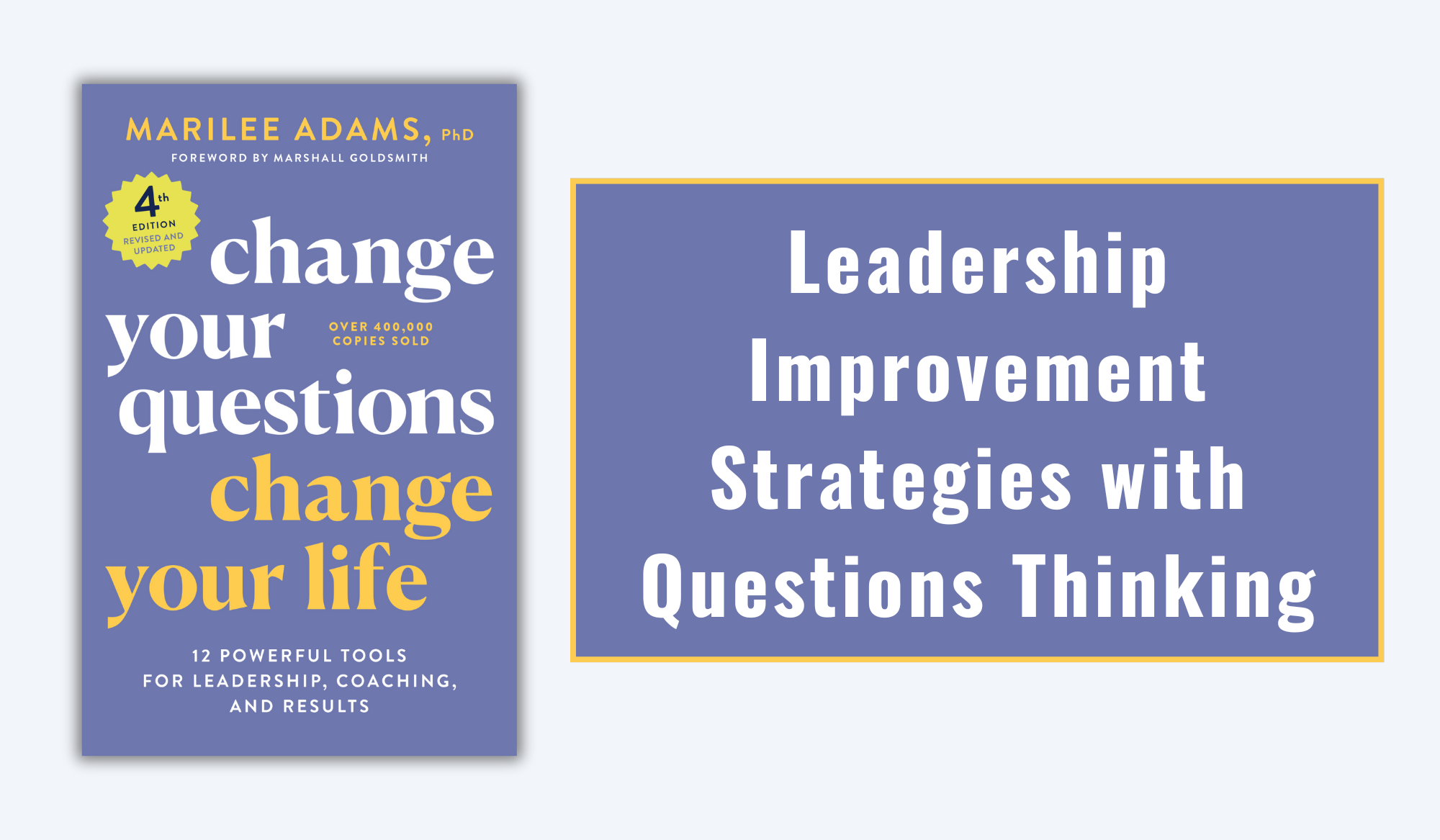You know you need to make a change—a BIG one. It's not going to be easy, but you know this change is necessary. But what should that change look like? You've hit the books and the internet, researched a variety of methods, and now you're confronted with a compendium of more than 60 organization development methods. Your mind floods with questions...
Where do I start? What’s the difference between one method and another? How do I make sense of them all? How do I speak intelligently about them? WHAT DO I DO?
Understanding Your Options
Categorizing anything is tricky. On one hand, we strive to simplify our world with methods and models, categories, and taxonomies. On the other hand, simplification limits and potentially undermines the essential concepts we strive to better understand. Classification does not stand alone; it is a starting point for consideration. With elaboration and context, a fuller picture emerges. The following framework is one lens into that picture:
1. Dimensions of Purpose
We identified five overarching dimensions of purpose. Planning, structuring, and improving describe processes designed to accomplish a specific purpose. Adaptable methods span these purposes. Supportive processes enhance the work, whatever its purpose.
- Adaptable methods are used for a variety of purposes in organizations or communities, including planning, structuring, and improving. This group uses principles and practices that adjust to varying needs.
- Planning methods help people in communities and organizations shape their future together. These methods set strategic direction and core identity through activities such as self-analysis, exploration, visioning, value clarification, goal setting, and action development.
- Structuring methods organize the system to create the desired future. They rely on an effective plan and result in redefined relationships among people and redesigned work practices.
- Improving methods increase effectiveness and create operational efficiencies in such areas as cycle time, waste, productivity, and relationships. Basic assumptions of how the organization works often stay the same, while breakthroughs are achieved in processes, relationships, individual behaviors, knowledge, and distributive leadership.
- Supportive processes are practices that enhance the efficacy of other change methods, making them more robust and suitable to the circumstances and participants. They are like spices in a meal, enriching methods to satisfy the unique tastes of the client. They weave into and often become permanent elements of other methods.
2. Type of System
Who do these methods help? What kinds of people are coming together? How might we think of the system undergoing the change? A simple and useful distinction is organizations and communities.
- Organizations have discernable boundaries and clearly structured relationships that help determine which employees, functions, levels, customers, and suppliers to include in a proposed organizational change.
- Communities are more diffuse, often involving a range of possible participants-citizens, different levels of government, associations, agencies, media, and more. These systems are often emerging entities that exist around a common bond, sometimes based in purpose, sometimes in relationships. Alliances, cities, associations, cohousing groups, and activist rallies are examples of geographic communities, communities of interest, and communities of practice.
3. Event Size
Most of the methods employ one or a series of events along the change journey. Though they all focus on whole systems, some engage large numbers of participants at one time, while others involve smaller numbers over time. Still others use technology to bring people together across time and space. What best serves your situation? Size has many implications, both strategic and practical. Do we involve the whole system or a meaningful subset? What facilities do we need? How many people do we include? What are the potential costs per person and how much can we afford? It’s a tough balance to include as much of the system as you can while dealing with the constraints of space, time, and cost.
4. Duration
When determining what process to use, time is always a factor. What is the sense of urgency? What sort of pace can the organization or community assimilate? What is possible in terms of how frequently people gather?
Whatever the nature of the process, it requires time for preparation, for event(s), and for follow-up. This is often tough to characterize because it is highly dependent on the complexity of the initiative.
5. Cycle
Some methods have a natural beginning and ending. Others are suited for a periodic planning cycle, and some become “the way things are done around here.” We have identified the following cycles:
- As needed cylces are done to accomplish an intended purpose, these methods are not typically scheduled to be repeated. Sometimes they are used only once; however, they may be used again if a new purpose arises.
- Periodic cycles are repeated over time, so these methods are commonly used for planning processes. For example, repetition may be scheduled every few years.
- Continuous cycles have the objective for the event to cease being an event. The full benefit is realized when the application becomes everyday practice.
6. Practitioner Preparation
People often ask, “How quickly can I get started with using this method on my own?” Some methods are deceptively simple to “just do,” yet there is art and nuance to mastering them over time. Mastery of virtually any process is a lifetime’s work. The more complex the change effort, the more advisable it is to get skilled change management support. Still, knowing what’s involved to prepare new practitioners provides insight into how quickly and broadly change can spread. Here are the distinctions we offer for getting started as a new practitioner:
- Self-Directed Study. Given a background in group work, with the aid of a book, a video, support from a community of practice (perhaps via the internet), or some in-person coaching, a new practitioner can take his or her first steps independently. Because these practices look so simple, this caution is especially important: Start with straightforward applications!
- General Training. Before attempting this work on your own, attend a workshop or work with someone skilled in the process. In some cases, training workshops offer follow-up field experiences that provide opportunities to work as part of a support team.
- In-depth Training. These change methods require a significant investment in training and practice before working on your own. Often, there is formal training, certification from a governing body, and mentoring.
Want to know more? See our books on Change Methods for additional advice.
This article is an adapted excerpt from The Change Handbook: The Definitive Resource on Today’s Best Methods for Engaging Whole Systems by Peggy Holman, Tom Devane, and Steven Cady.




